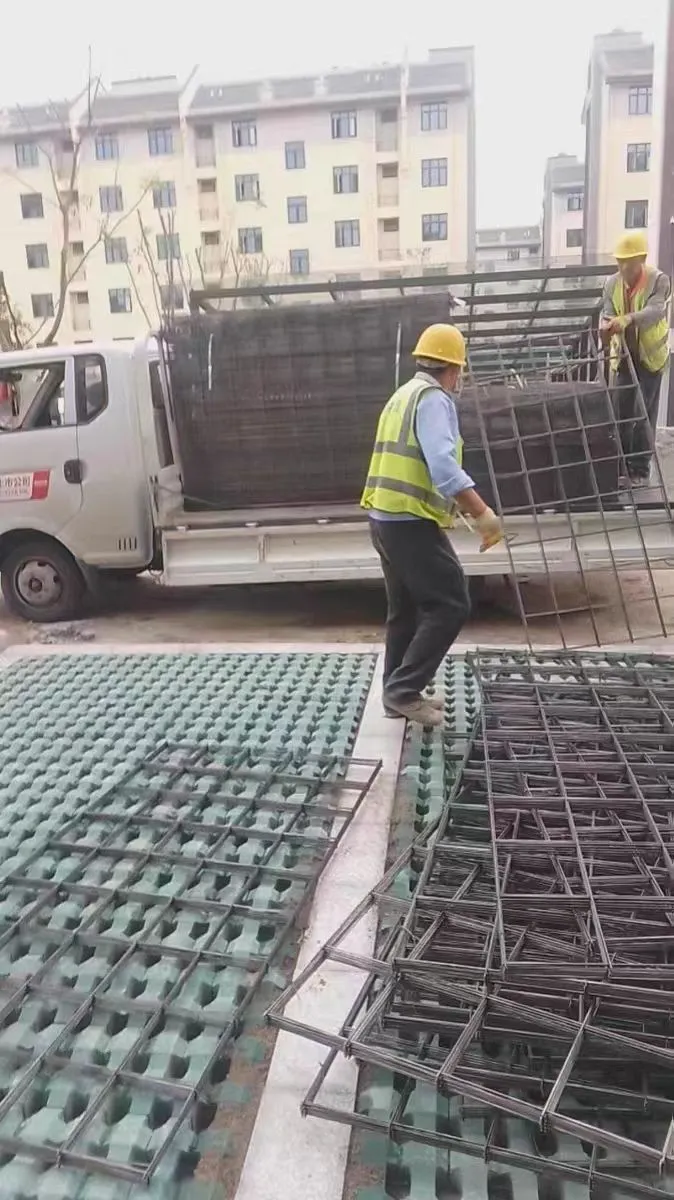-
 Afrikaans
Afrikaans -
 Albanian
Albanian -
 Amharic
Amharic -
 Arabic
Arabic -
 Armenian
Armenian -
 Azerbaijani
Azerbaijani -
 Basque
Basque -
 Belarusian
Belarusian -
 Bengali
Bengali -
 Bosnian
Bosnian -
 Bulgarian
Bulgarian -
 Catalan
Catalan -
 Cebuano
Cebuano -
 China
China -
 Corsican
Corsican -
 Croatian
Croatian -
 Czech
Czech -
 Danish
Danish -
 Dutch
Dutch -
 English
English -
 Esperanto
Esperanto -
 Estonian
Estonian -
 Finnish
Finnish -
 French
French -
 Frisian
Frisian -
 Galician
Galician -
 Georgian
Georgian -
 German
German -
 Greek
Greek -
 Gujarati
Gujarati -
 Haitian Creole
Haitian Creole -
 hausa
hausa -
 hawaiian
hawaiian -
 Hebrew
Hebrew -
 Hindi
Hindi -
 Miao
Miao -
 Hungarian
Hungarian -
 Icelandic
Icelandic -
 igbo
igbo -
 Indonesian
Indonesian -
 irish
irish -
 Italian
Italian -
 Japanese
Japanese -
 Javanese
Javanese -
 Kannada
Kannada -
 kazakh
kazakh -
 Khmer
Khmer -
 Rwandese
Rwandese -
 Korean
Korean -
 Kurdish
Kurdish -
 Kyrgyz
Kyrgyz -
 Lao
Lao -
 Latin
Latin -
 Latvian
Latvian -
 Lithuanian
Lithuanian -
 Luxembourgish
Luxembourgish -
 Macedonian
Macedonian -
 Malgashi
Malgashi -
 Malay
Malay -
 Malayalam
Malayalam -
 Maltese
Maltese -
 Maori
Maori -
 Marathi
Marathi -
 Mongolian
Mongolian -
 Myanmar
Myanmar -
 Nepali
Nepali -
 Norwegian
Norwegian -
 Norwegian
Norwegian -
 Occitan
Occitan -
 Pashto
Pashto -
 Persian
Persian -
 Polish
Polish -
 Portuguese
Portuguese -
 Punjabi
Punjabi -
 Romanian
Romanian -
 Russian
Russian -
 Samoan
Samoan -
 Scottish Gaelic
Scottish Gaelic -
 Serbian
Serbian -
 Sesotho
Sesotho -
 Shona
Shona -
 Sindhi
Sindhi -
 Sinhala
Sinhala -
 Slovak
Slovak -
 Slovenian
Slovenian -
 Somali
Somali -
 Spanish
Spanish -
 Sundanese
Sundanese -
 Swahili
Swahili -
 Swedish
Swedish -
 Tagalog
Tagalog -
 Tajik
Tajik -
 Tamil
Tamil -
 Tatar
Tatar -
 Telugu
Telugu -
 Thai
Thai -
 Turkish
Turkish -
 Turkmen
Turkmen -
 Ukrainian
Ukrainian -
 Urdu
Urdu -
 Uighur
Uighur -
 Uzbek
Uzbek -
 Vietnamese
Vietnamese -
 Welsh
Welsh -
 Bantu
Bantu -
 Yiddish
Yiddish -
 Yoruba
Yoruba -
 Zulu
Zulu
coconut fall protection net
Coconut Fall Protection Nets Ensuring Safety in Coconut Harvesting
Coconuts are not only a vital part of tropical agriculture but also a significant contributor to the economies of many coconut-producing countries. However, harvesting coconuts poses considerable safety risks due to the height of the trees and the potential for falling coconuts, which can lead to severe injuries or even fatalities. To mitigate these risks, the implementation of coconut fall protection nets has emerged as a practical and effective solution.
Coconut fall protection nets are specially designed safety devices that are installed around coconut trees to catch falling fruits. Constructed from high-strength materials, these nets offer robust support and enhance safety for workers during the harvesting process. The nets act as a barrier, reducing the likelihood of direct impact injuries, which is crucial given that coconuts can weigh up to 5 kilograms and fall from heights of more than 20 meters.
The installation of coconut fall protection nets offers numerous benefits. Firstly, they significantly lower the risk of injury for workers who often climb trees to harvest coconuts. Traditionally, harvesters relied on ladders or climbed the trees themselves. This method, while effective, is inherently dangerous. By using protection nets, the risk of accidents is drastically reduced, creating a safer working environment.
coconut fall protection net

Moreover, the use of these nets improves productivity. Harvesters can work more efficiently without the constant worry of falling coconuts causing harm. This leads to a more rapid harvesting process and ultimately enhances the overall yield from coconut palms. Employers and plantation owners gain from this increased efficiency as it contributes to higher profitability and a healthier workforce.
Environmental considerations also play a significant role in the adoption of coconut fall protection nets. By preventing fallen coconuts from hitting the ground with force, these nets help preserve the ecological balance around coconut trees. They minimize damage to the soil and encourage the growth of beneficial plants, promoting biodiversity in the farming area.
In addition, coconut fall protection nets are cost-effective in the long run. Although the initial investment for purchasing and installing the nets may seem high, the reduction in workplace accidents translates to lower medical costs, less downtime due to injuries, and enhanced worker morale. A safe working environment encourages labor retention and attracts skilled workers, which is invaluable in the agricultural sector.
In conclusion, coconut fall protection nets represent a significant advancement in agricultural safety measures. They not only protect workers but also enhance productivity and support environmental sustainability. As the demand for coconuts continues to grow globally, the incorporation of such safety measures will be crucial in ensuring a safe and efficient harvesting process. Whether in the tropics or beyond, the implementation of coconut fall protection nets should be a priority for anyone involved in coconut production.
-
Shipping Plastic Bags for Every NeedNewsJul.24,2025
-
Safety Netting: Your Shield in ConstructionNewsJul.24,2025
-
Plastic Mesh Netting for Everyday UseNewsJul.24,2025
-
Nylon Netting for Every UseNewsJul.24,2025
-
Mesh Breeder Box for Fish TanksNewsJul.24,2025
-
Expanded Steel Mesh Offers Durable VersatilityNewsJul.24,2025











